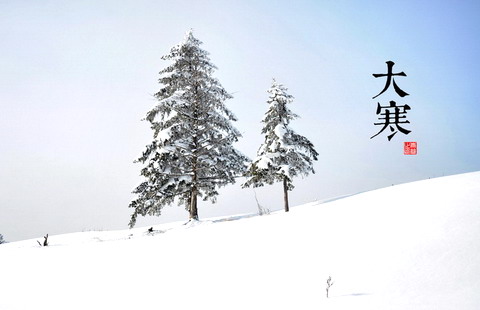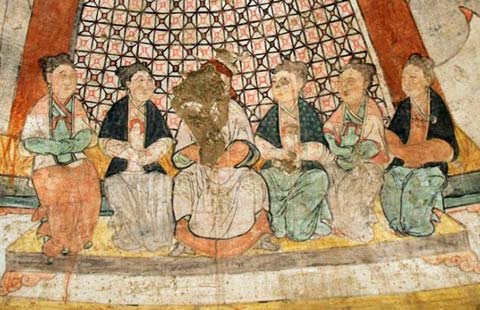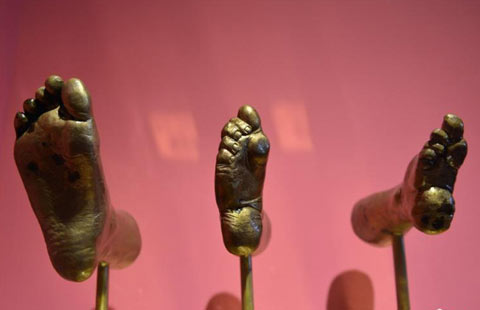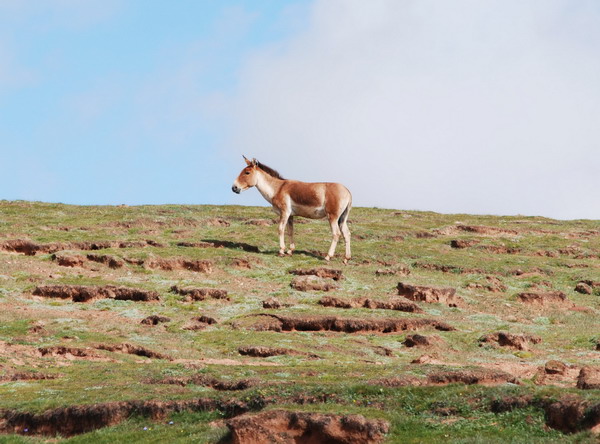 |
|
[Photo by Dong Naide/asianewsphoto.com]
|
Tibetan antelopes were targeted by poachers because they produce the finest wool in the world, known as shahtoosh, a Persian word which means "king of wool". Beginning in the late 1980s, shahtoosh shawls became high fashion accessories in Europe and the United States, which fueled a black market. The result was that by 1997, the number of Tibetan antelopes dramatically fell from 200,000 to 20,000.
To save Tibetan antelopes from extinction, the Chinese government set up the Kekexili Nature Reserve in 1995, and upgraded it to a state-listed reserve in 1997. Due to China's anti-poaching efforts, no armed poaching has been reported since 2006 in Hoh Xil and the population of Tibetan antelopes in this region has grown to around 60,000, according to statistics provided by Kekexili Nature Reserve Administration Bureau.
Jia said that Kekexili's bid for world heritage status will enhance its reputation as a world ecological brand, attract more volunteers to engage in ecological protection and lead to economic and social development with ecological protection in mind.
China currently has 47 sites on world heritage lists, but Qinghai, as China and even Asia’s important ecological and water conservation area, is not on any of these lists. Qinghai selected Kekexili from a number of candidates, including the Kunlun Mountains, Qinghai Lake, the Qaidam Basin and Sanjiangyuan – the "source of three rivers".



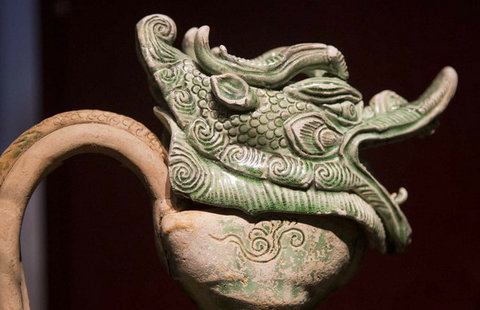
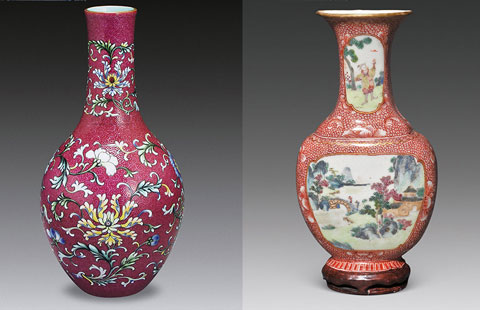


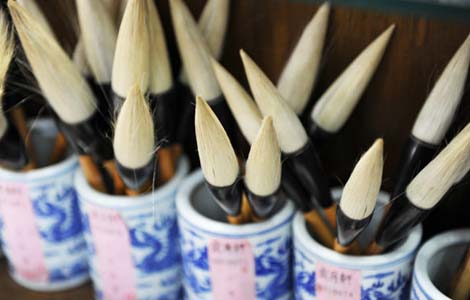















 Raymond Zhou:
Raymond Zhou: Pauline D Loh:
Pauline D Loh: Hot Pot
Hot Pot Eco China
Eco China China Dream
China Dream China Face
China Face

